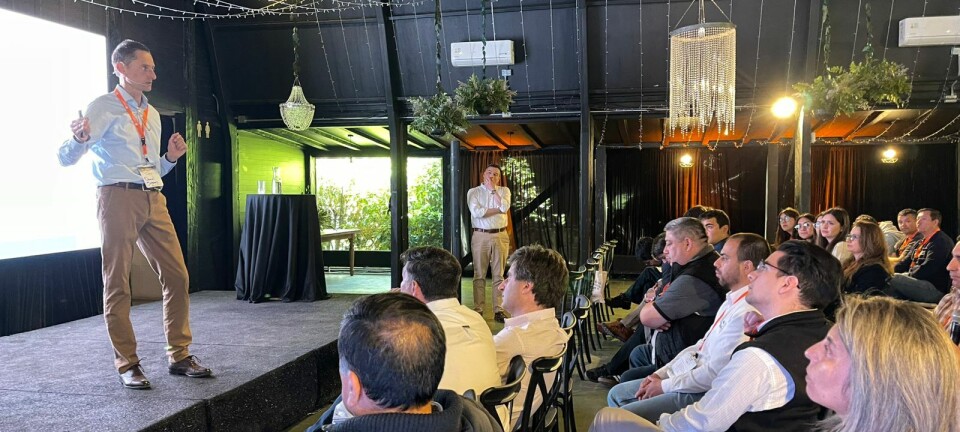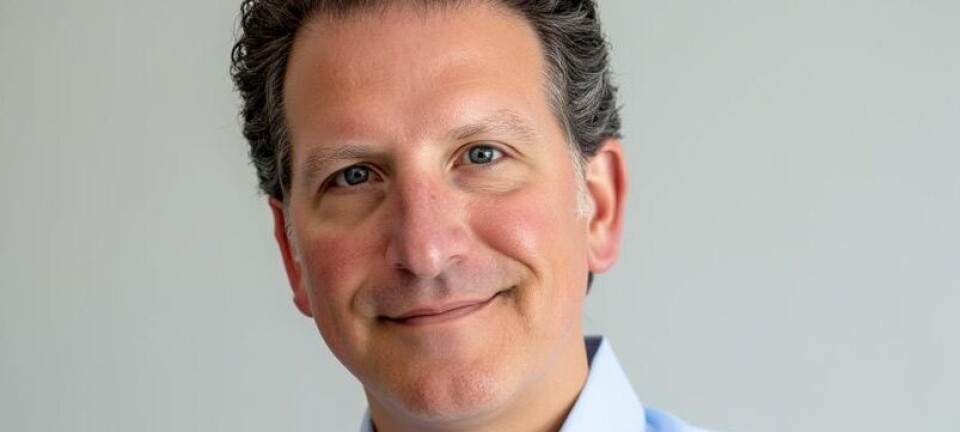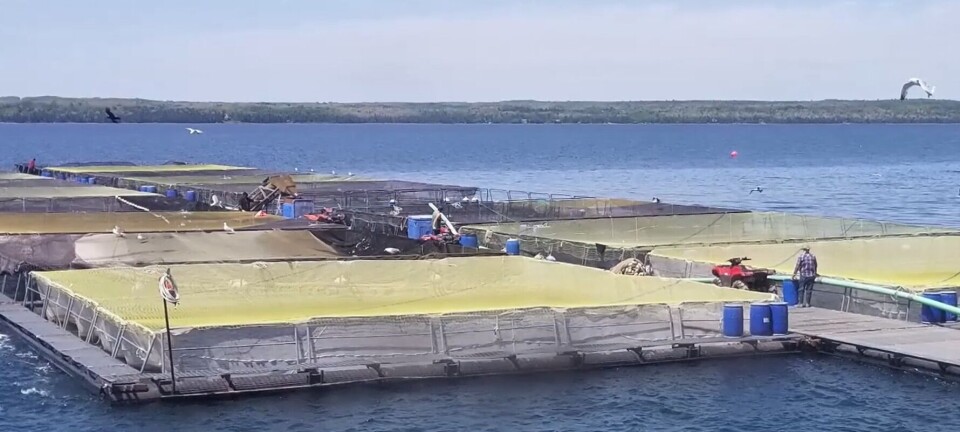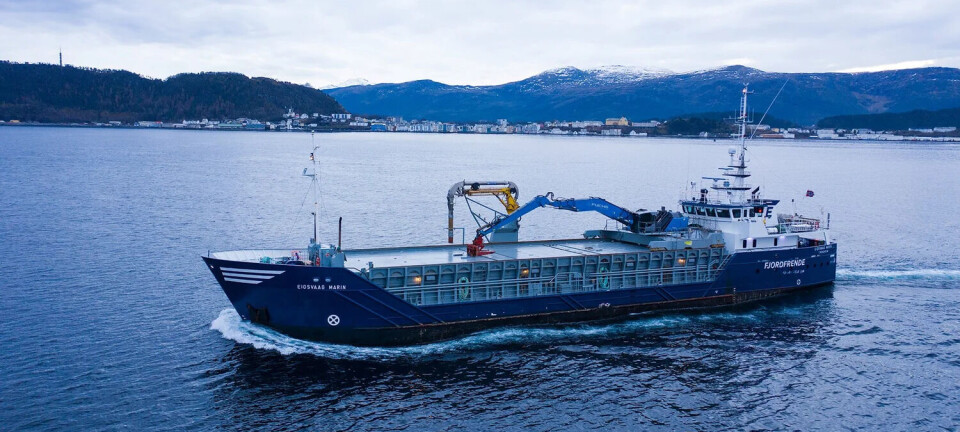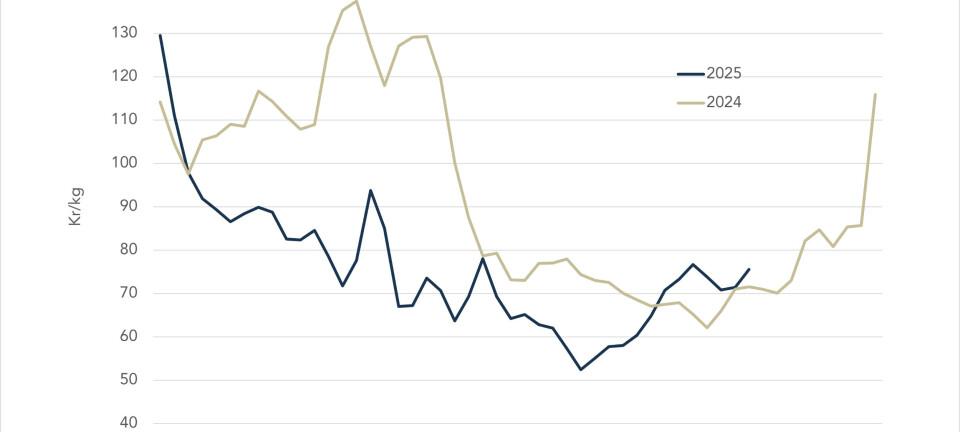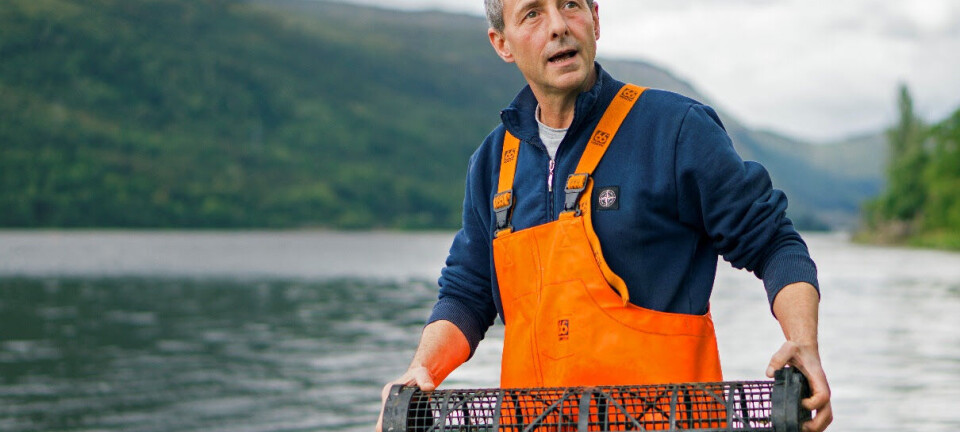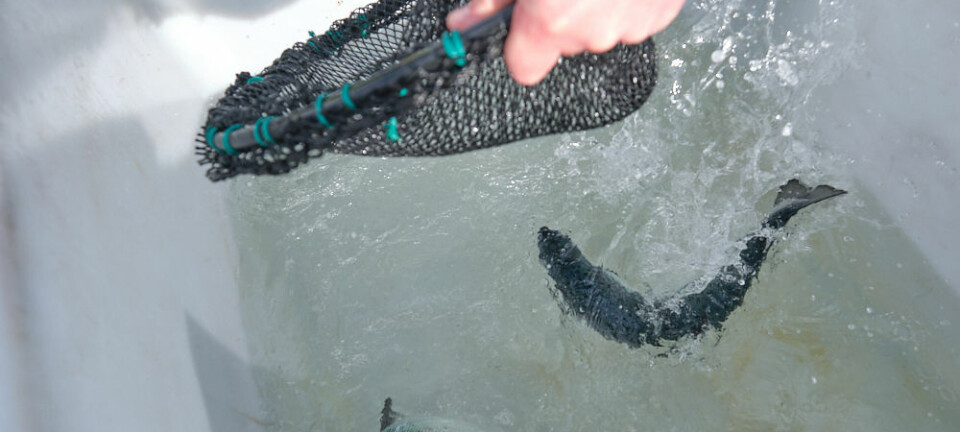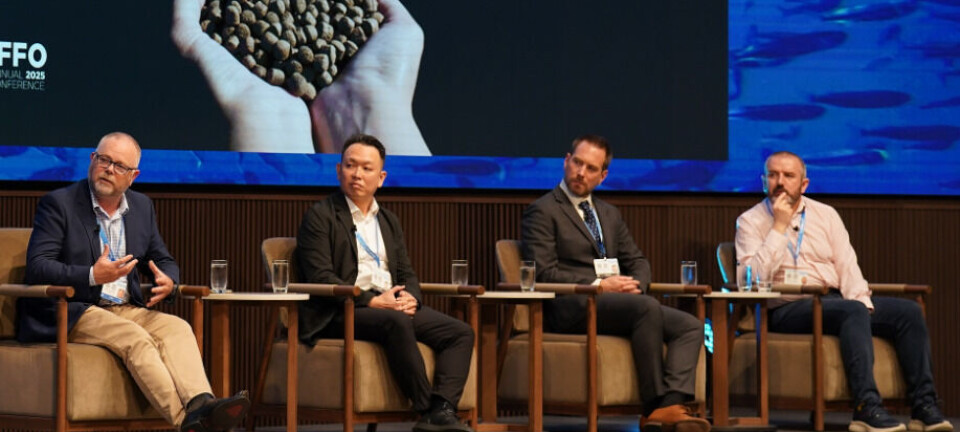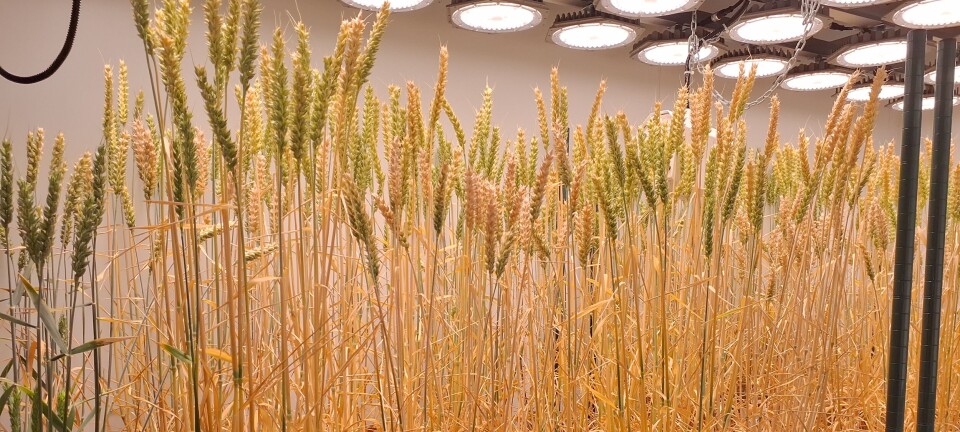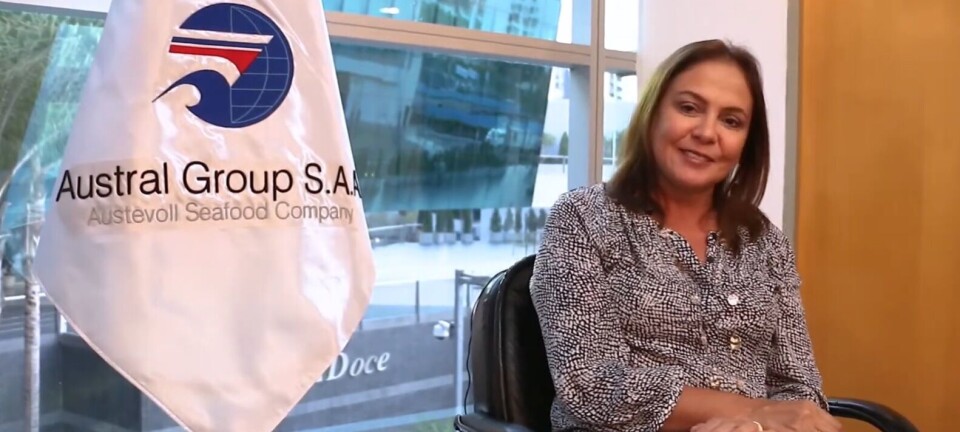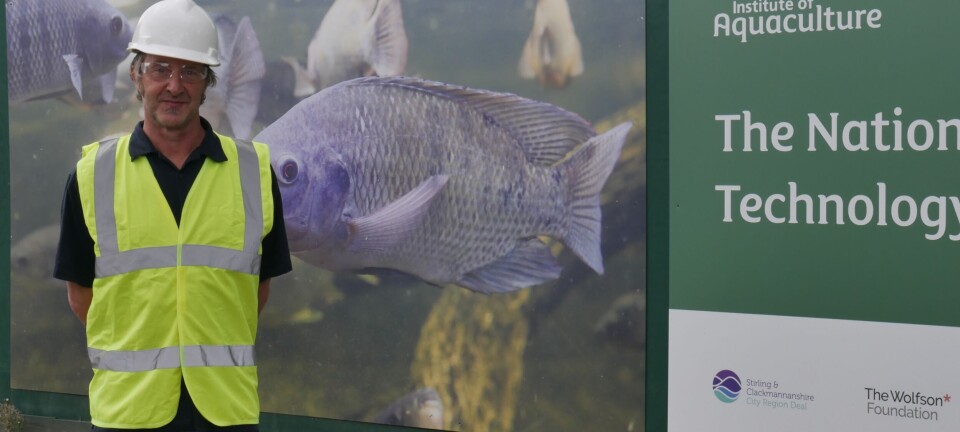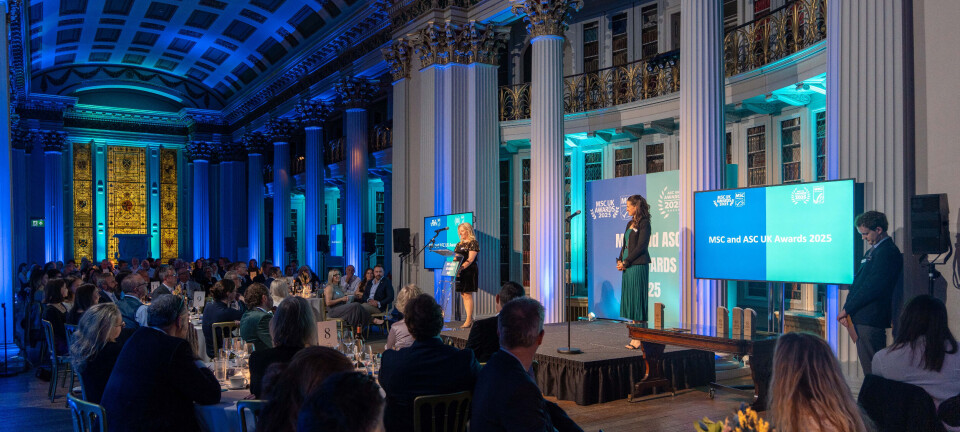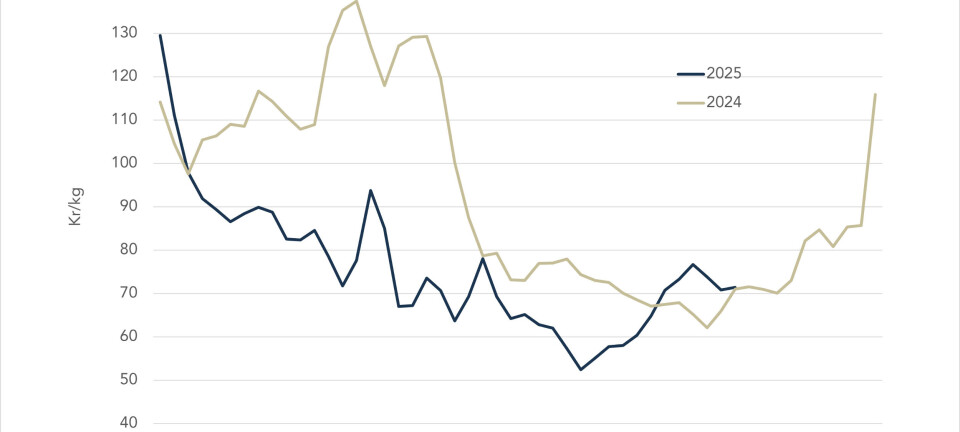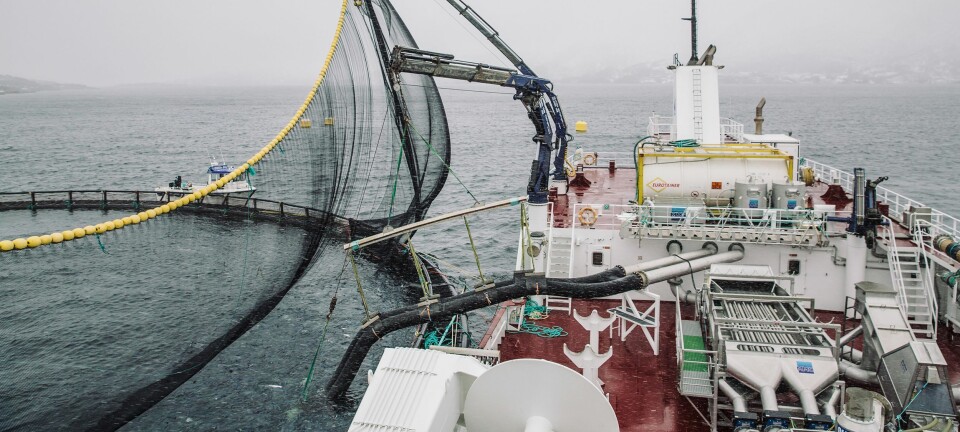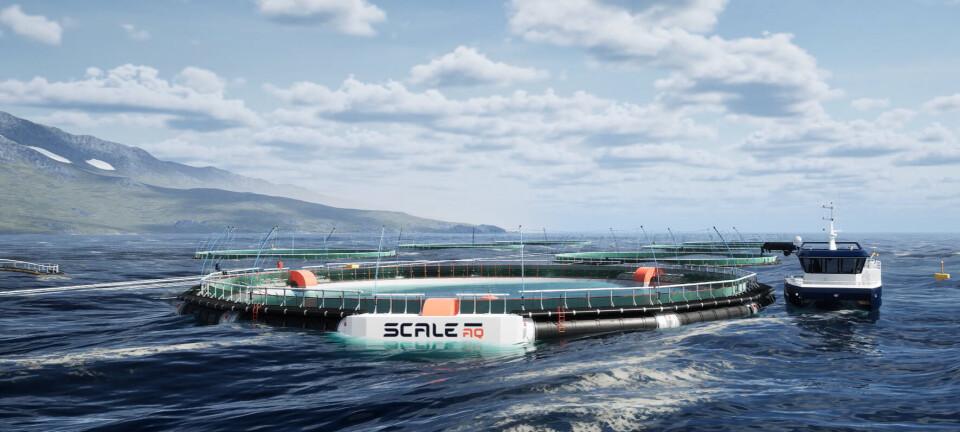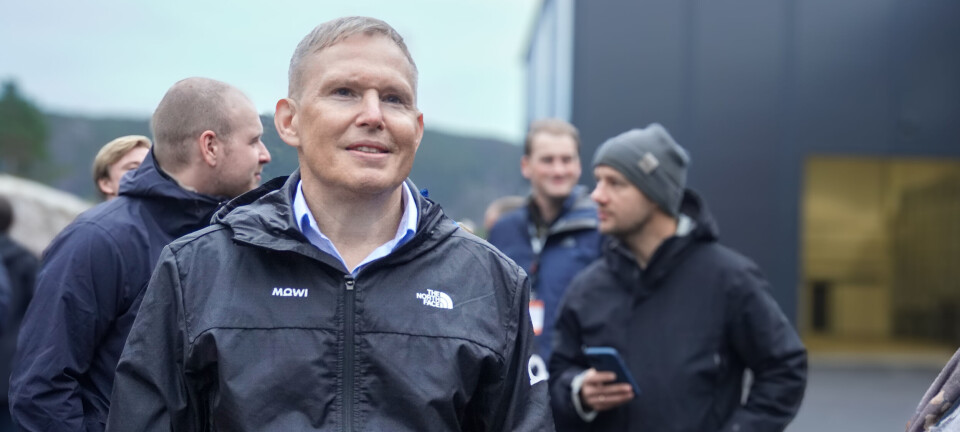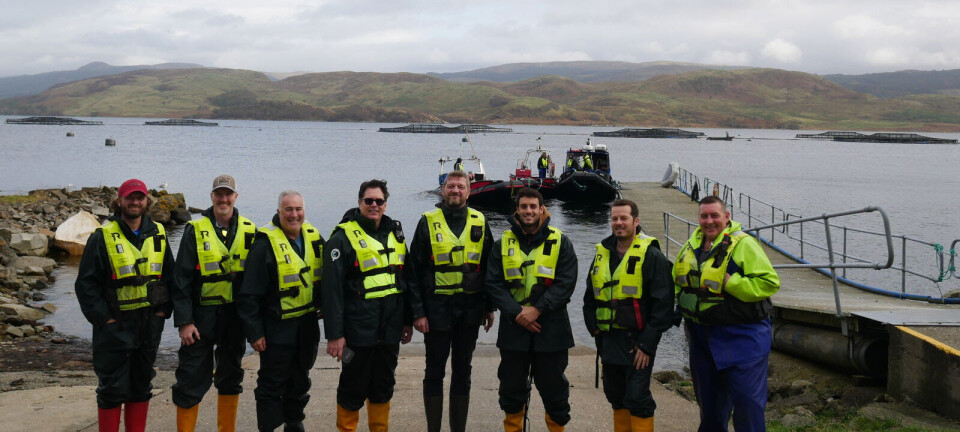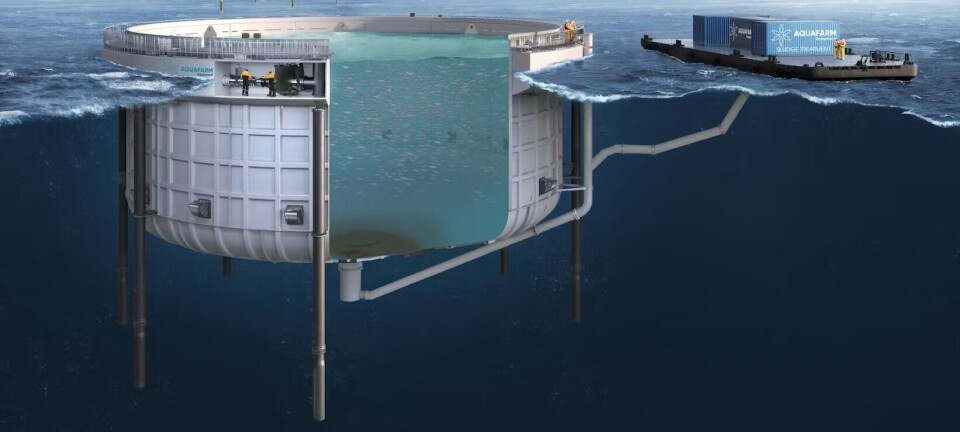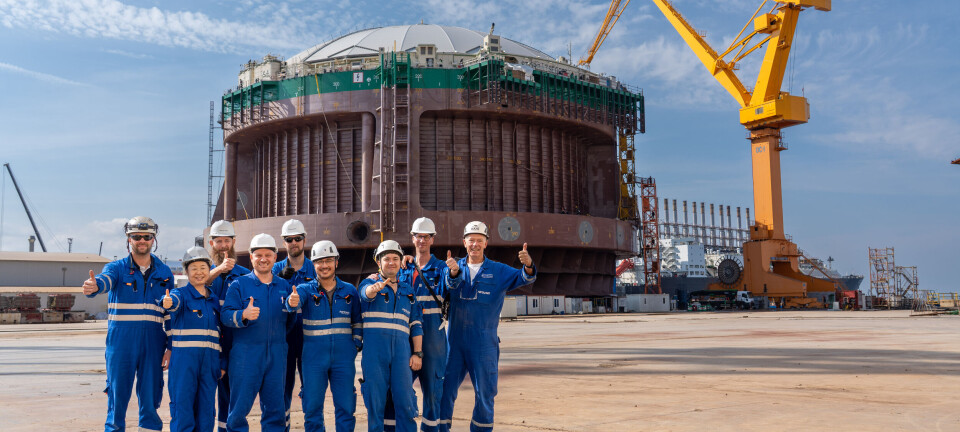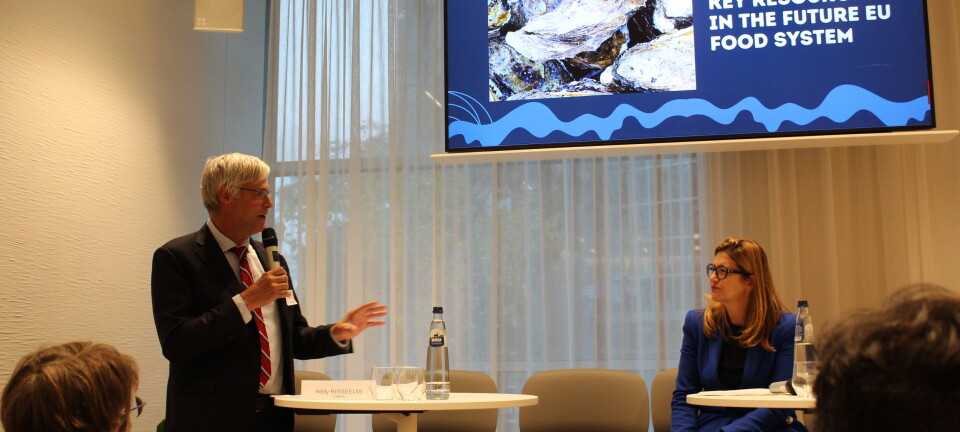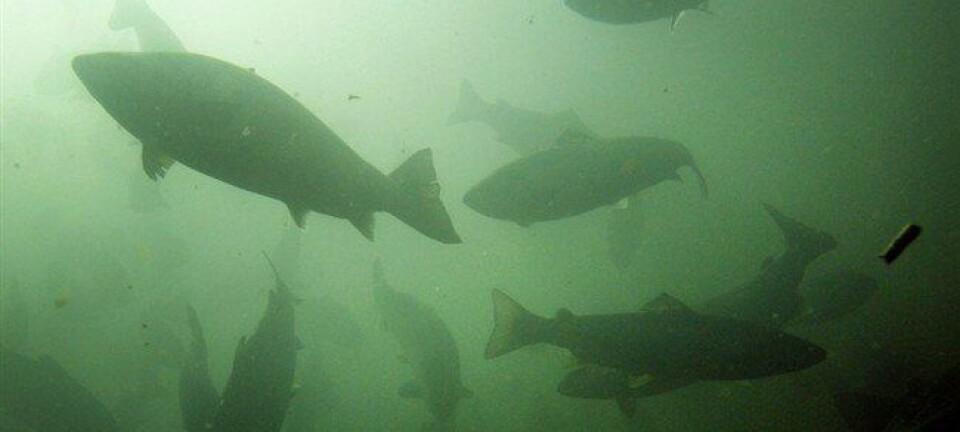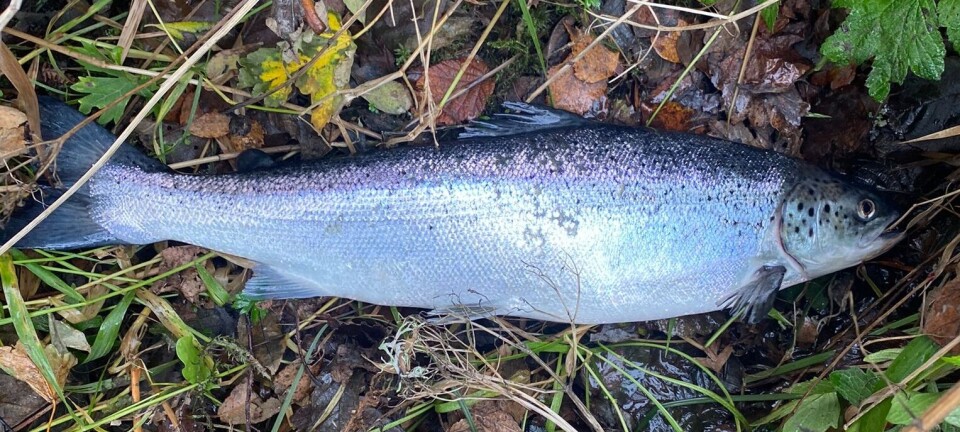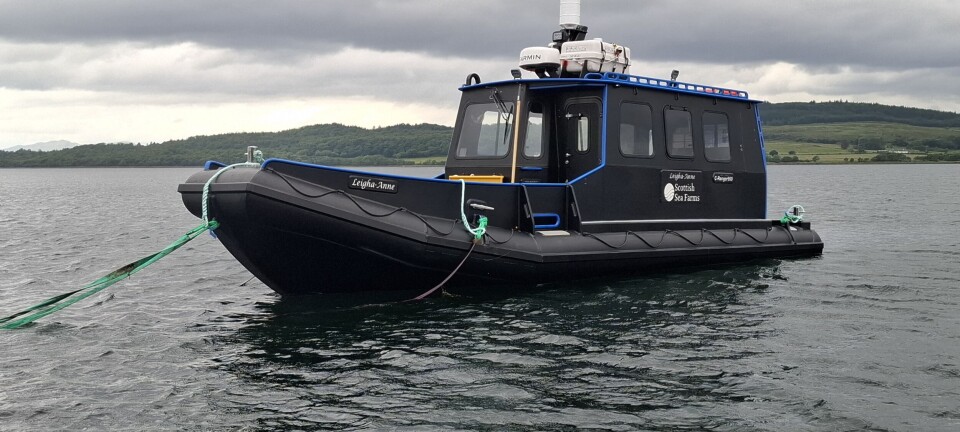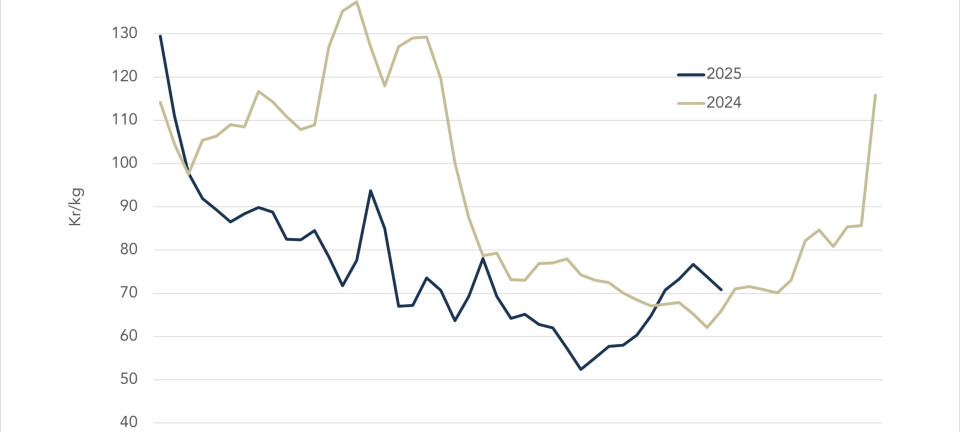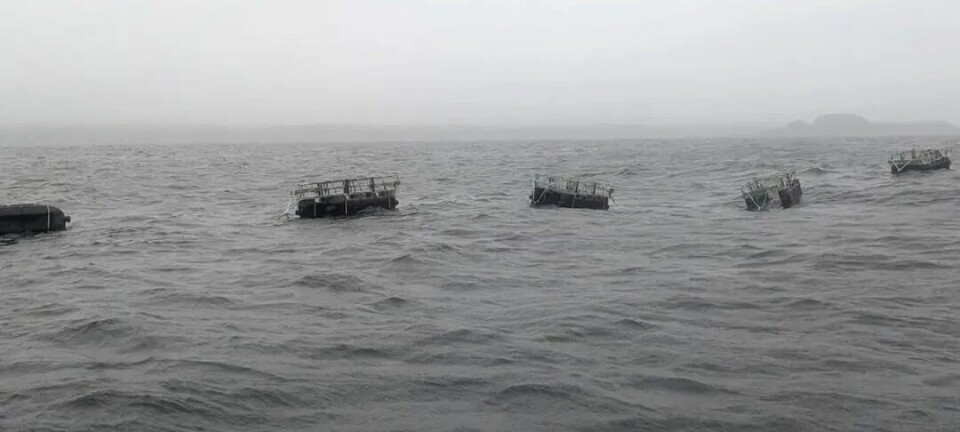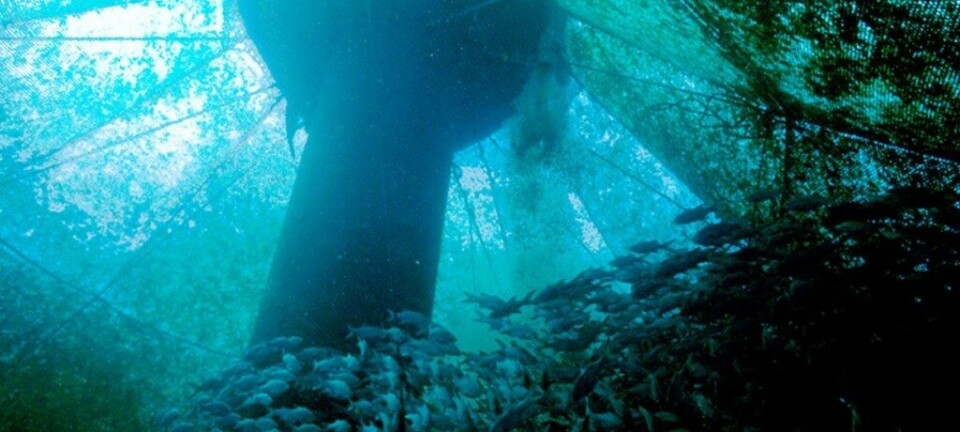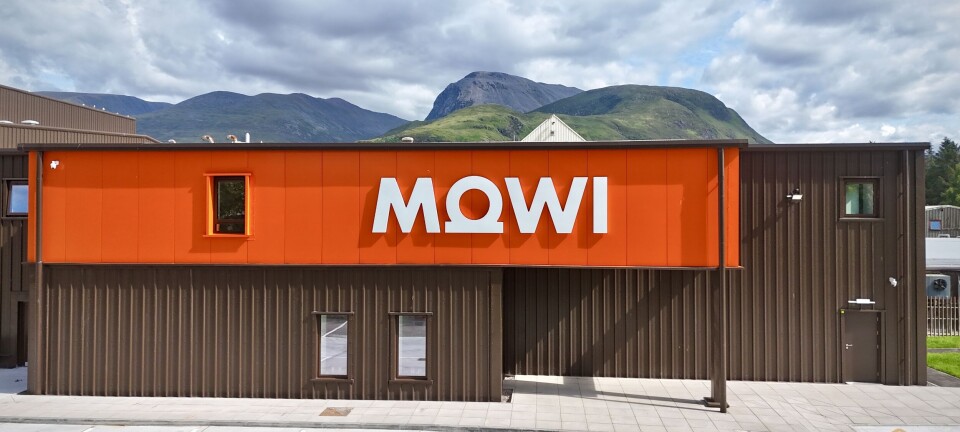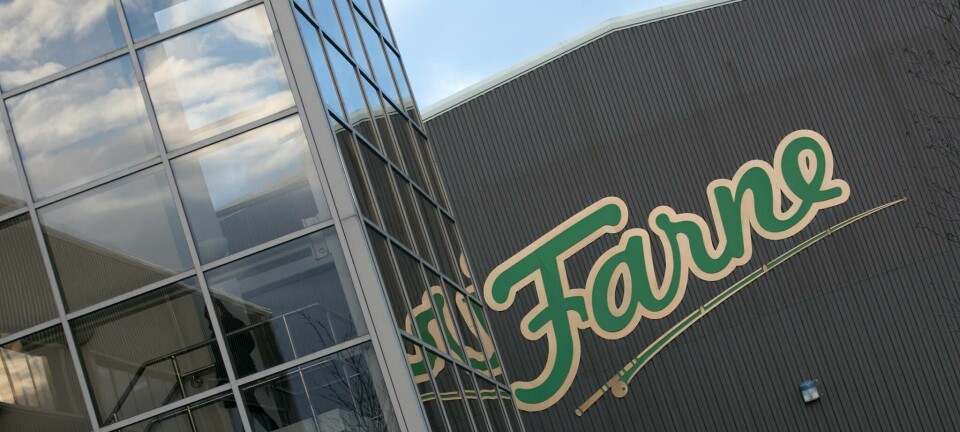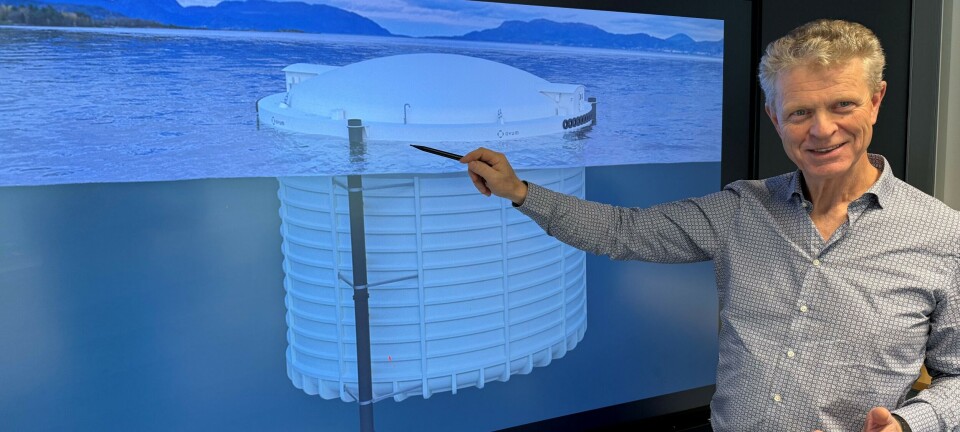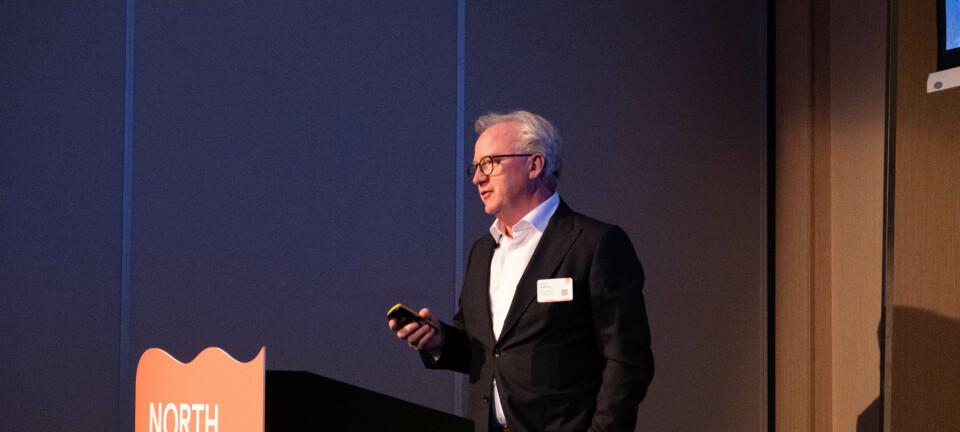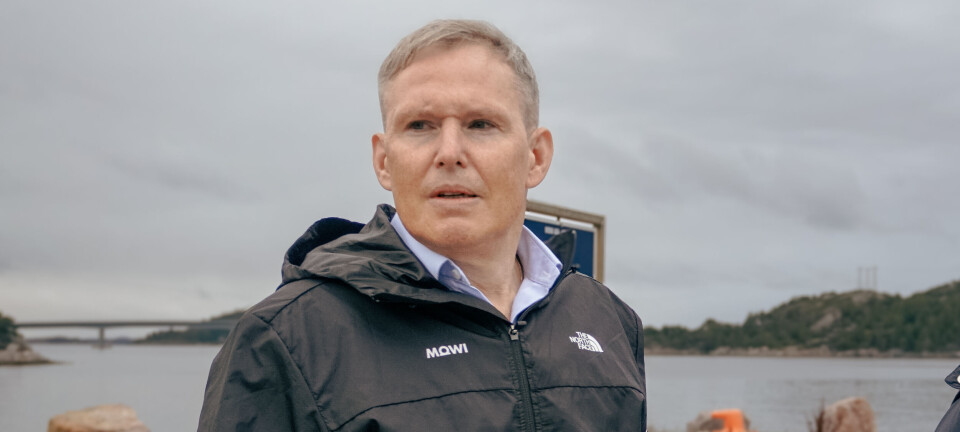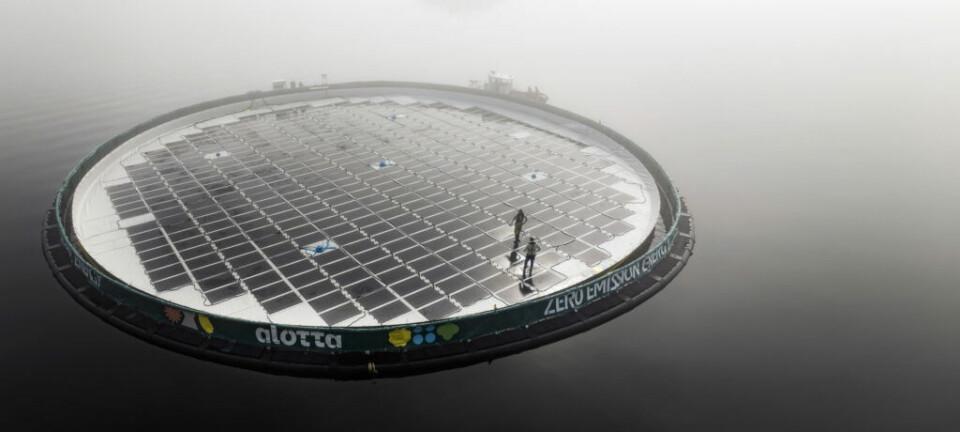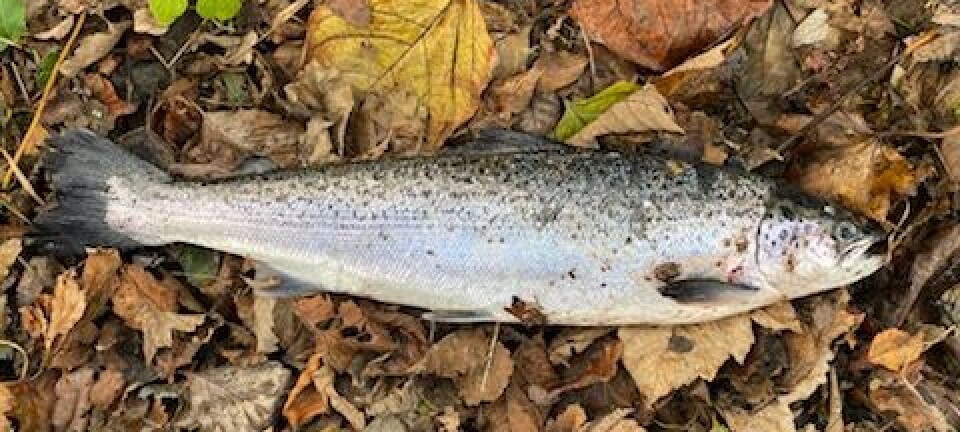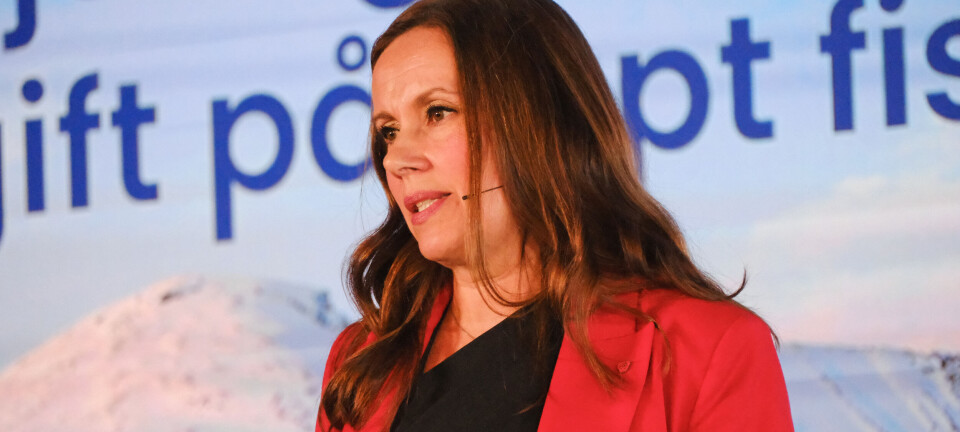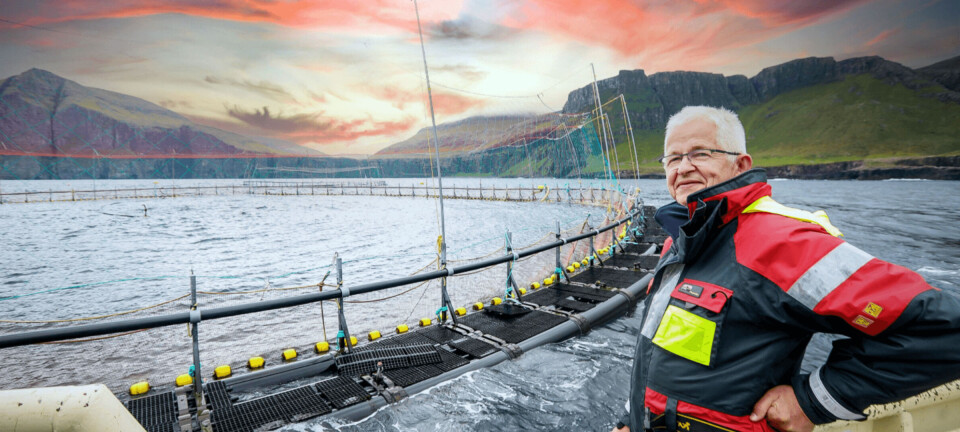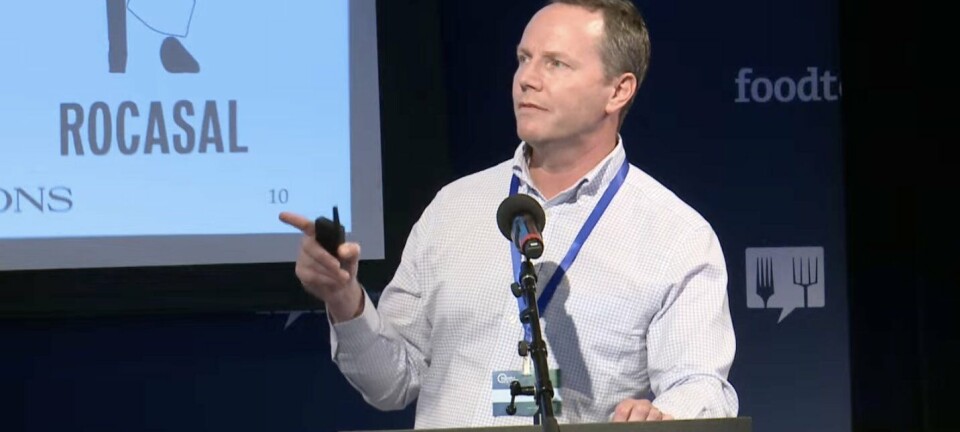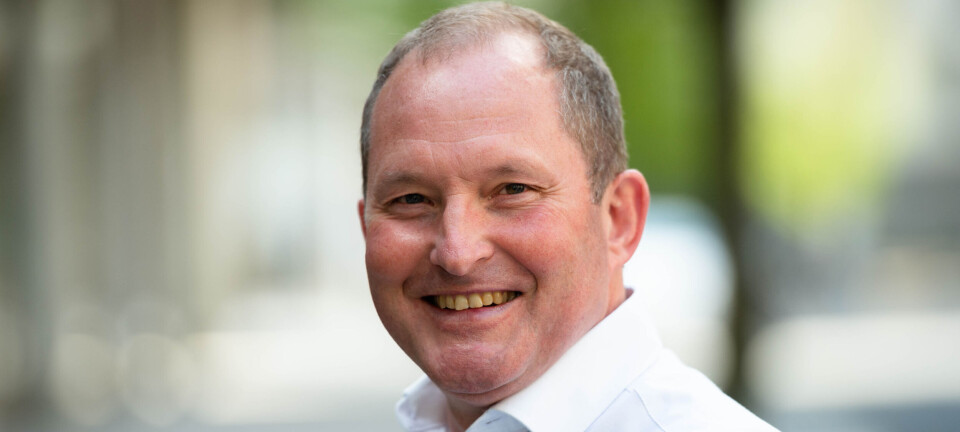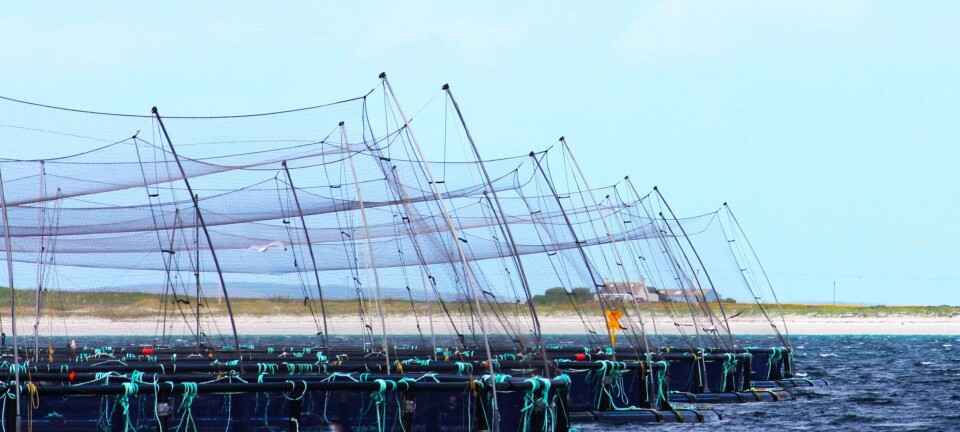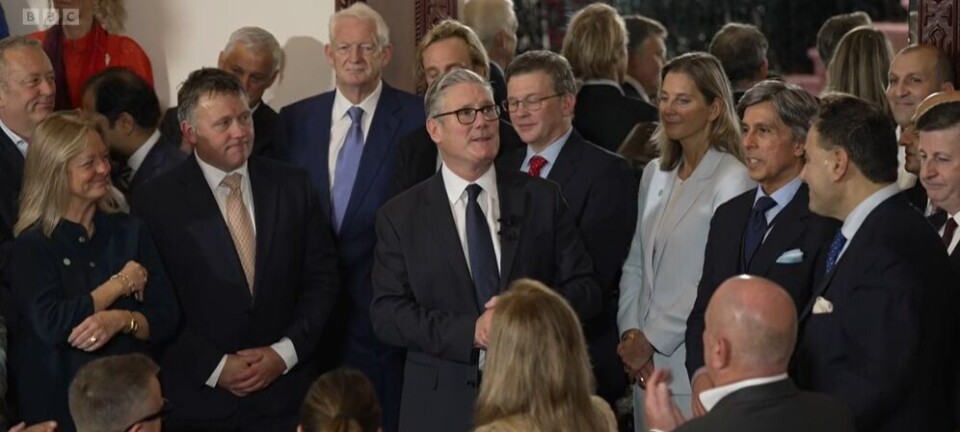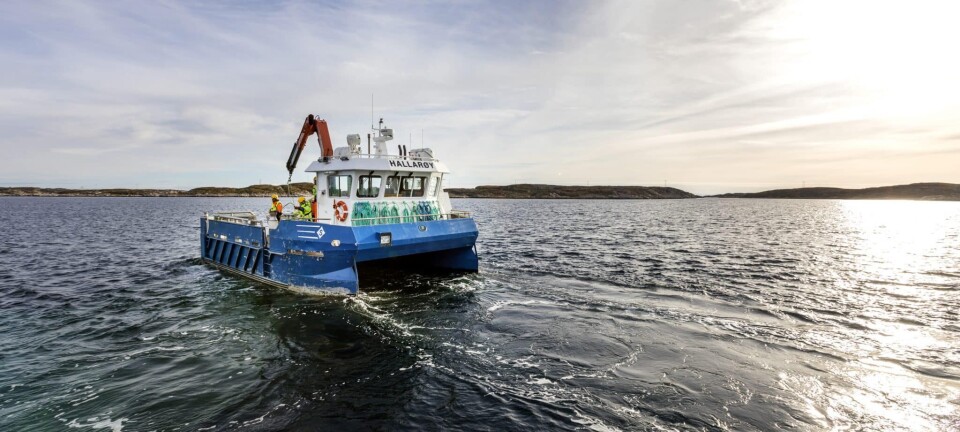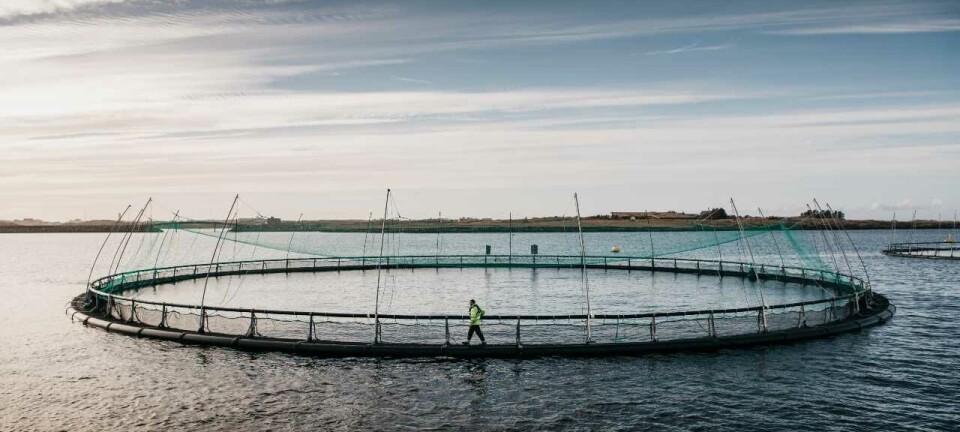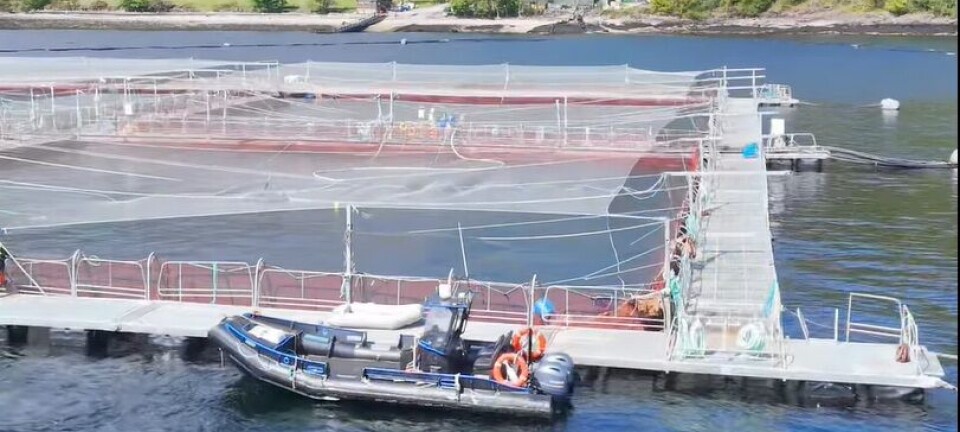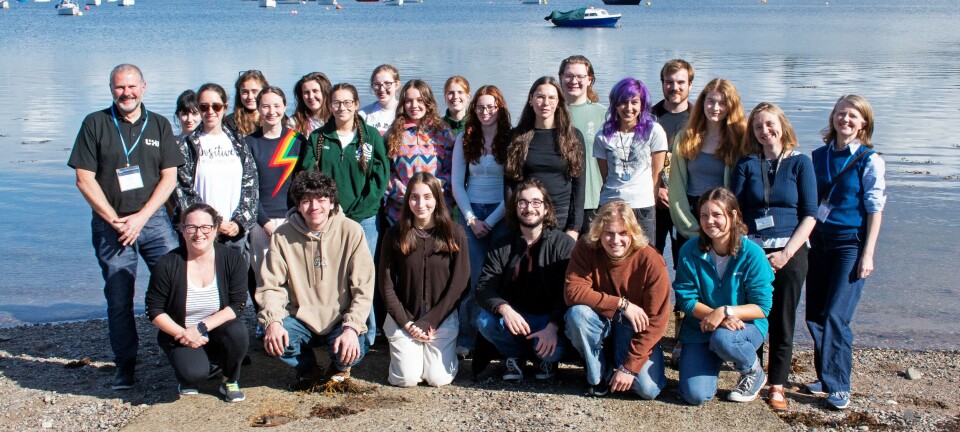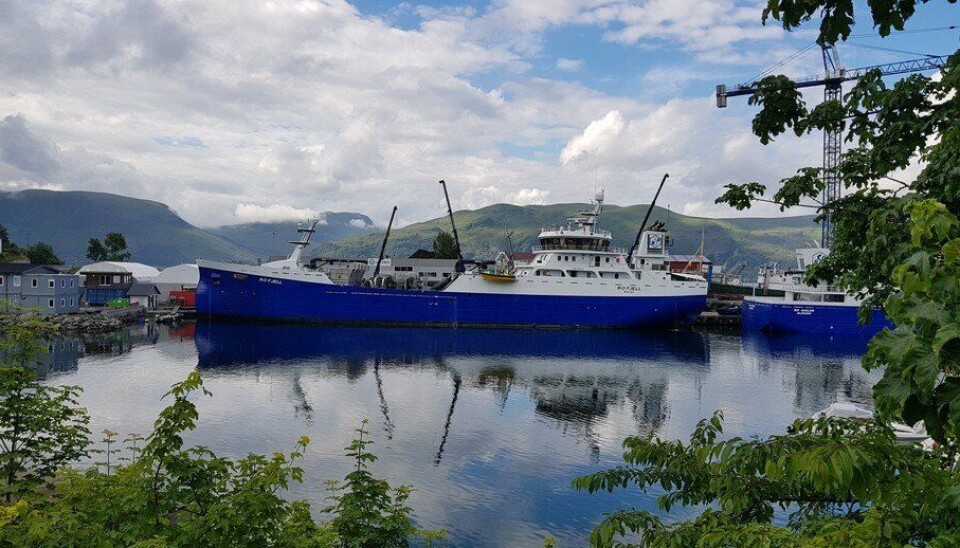
Nanobubble technology sets new standard for wellboats
Rostein believes system represents a major step forward for the industry
Wellboat operator Rostein has implemented nanobubble technology from the American company Moleaer, with the results showing both improved oxygenation and significant environmental and cost benefits, Fish Farming Expert’s Norwegian sister site, Kyst.no reports.
The technology, tested on Rostein’s wellboat Ro Fjell, is based on the production of nanobubbles. Where large bubbles rise quickly to the surface and release the oxygen before it can be used, nanobubbles are so small that they remain suspended in the water for a long time, thus utilising the oxygen far more efficiently than traditional methods.
Where standard venturi injectors have an oxygen release efficiency of around 41%, tests from Rostein show that Moleaer's system achieves a full 86%.
Better control
“This gives us faster and better control over the O₂ environment in the cargo holds during operation. The technology represents a major step forward for our industry,” said Joar Sandøy, project manager at Rostein.
On the vessel Ro Fjell – which has two cargo holds and a total capacity of 4,500 cubic metres – Rostein has installed eight Trinity L2 generators, four per tank. The system is used for both oxygenation and ozonation.
This set-up was compared with another vessel with venturi injectors, and found an increased oxygenation capacity of around 22 kg per hour without increasing oxygen consumption.
On an annual basis, savings of 230–360 tonnes of oxygen are estimated. This in turn results in 60–100 tonnes less diesel consumption and a reduction of 130–200 tonnes of CO₂.
Potential reduction
The test results indicate a potential reduction in operating costs of up to 80,000 euros annually.
According to Rostein, nanobubble technology also offers greater flexibility. The system can either be used to reduce energy consumption per kilogram of fish, or to increase fish density in the holds – as long as it is done within current welfare standards.
At the same time, the need for maintenance and spare parts is reduced, which contributes to a lower overall burden, both financially and environmentally.
The technology has also been adopted by the shipping company Betveit Holdings.
Experience suggests that nanobubble technology could become an important part of the toolbox in the future for more sustainable and efficient transport of live fish.

